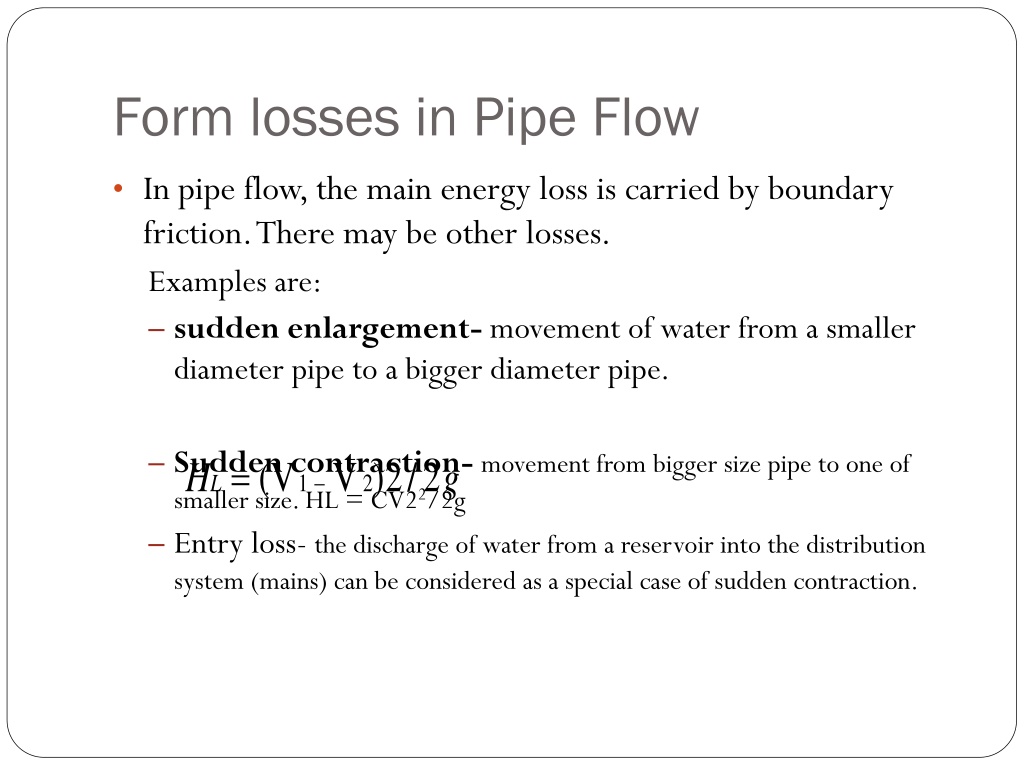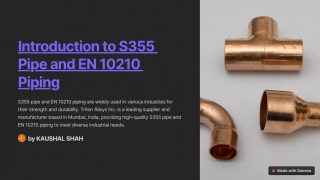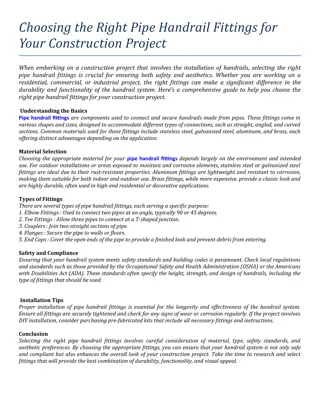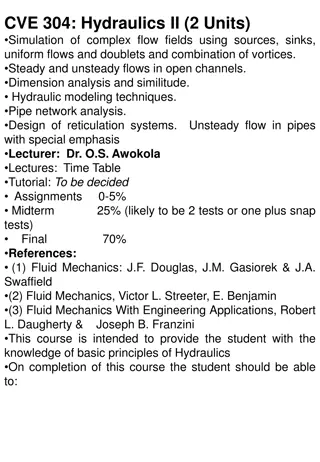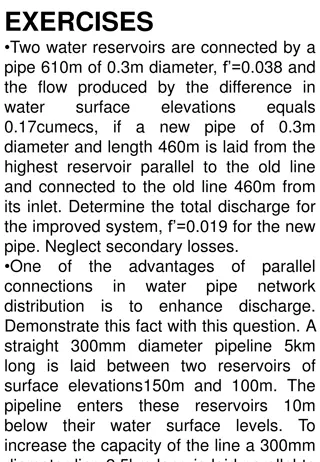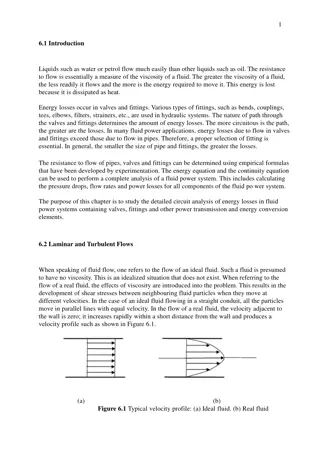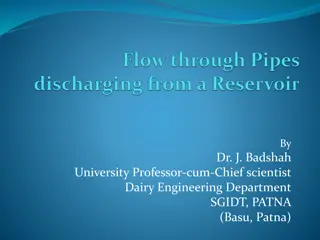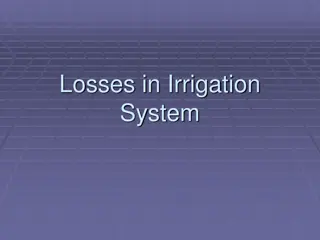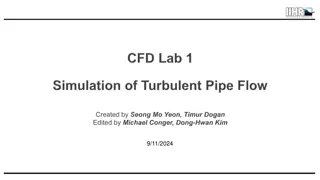Understanding Energy Losses in Pipe Flow and Complex Network Connections
Energy losses in pipe flow are primarily due to boundary friction, with additional losses such as sudden enlargements and contractions. Complex network pipe connections involve series and parallel arrangements, analogous to current flow through resistors. Open channel flow is also a critical aspect to consider in fluid systems.
Download Presentation

Please find below an Image/Link to download the presentation.
The content on the website is provided AS IS for your information and personal use only. It may not be sold, licensed, or shared on other websites without obtaining consent from the author. Download presentation by click this link. If you encounter any issues during the download, it is possible that the publisher has removed the file from their server.
E N D
Presentation Transcript
Form losses in Pipe Flow In pipe flow, the main energy loss is carried by boundary friction. There may be other losses. Examples are: sudden enlargement- movement of water from a smaller diameter pipe to a bigger diameter pipe. Sudden contraction- movement from bigger size pipe to one of smaller size. HL = CV22/2g Entry loss- the discharge of water from a reservoir into the distribution system (mains) can be considered as a special case of sudden contraction. = (V V 2 / 2 ) 2 HL g 1
Form losses in Pipe Flow (Contd) - Exit loss- the discharge of water into a reservoir from a pumping main station. It is a special case of sudden enlargement.
Complex Network Pipe connection in a complex network is frequently a combination of series and parallel. Flow in pipe is analogous to current flow through resistors Pipes in series: Q1=Q2, HL = HL1+ HL2 current is equal in both pipes Pipes in Parallel: Q = Q1+Q2 HL1 = HL2 voltage is equal in both pipes
